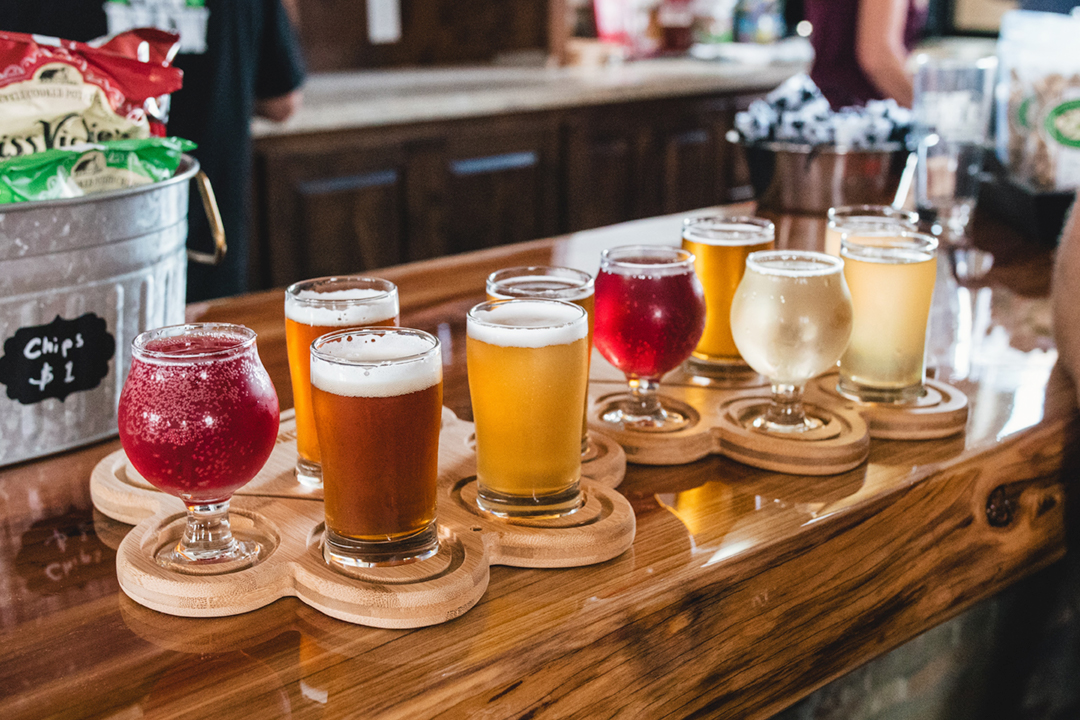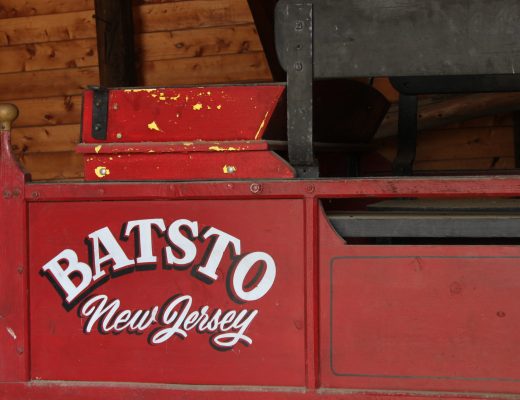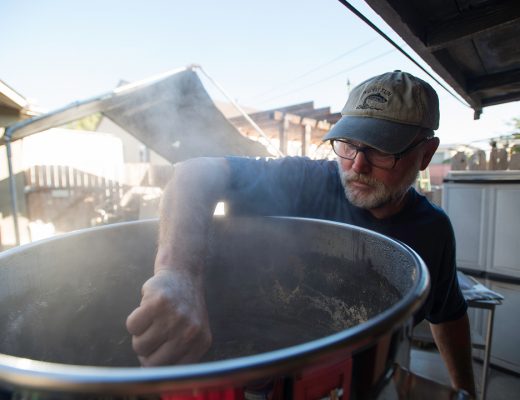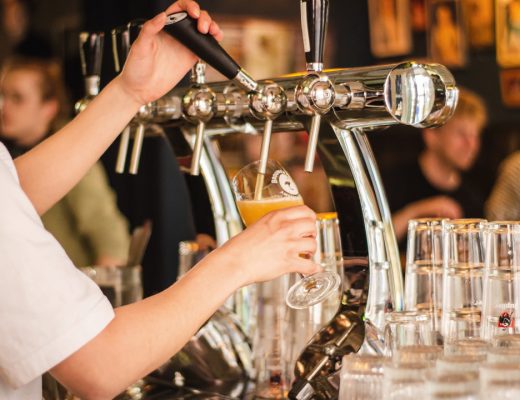Last time we saw each other, we started to talk about what makes a great brewery. I gave my point of view about the taproom experience and some things that I look for when I visit breweries. I felt it an appropriate place to start and the proper leadup to this blog, which is all about the beer. In todays day and age of 8,000+ breweries in the US, its more important than ever to be putting out incredible beer in order to establish yourself as a successful brewery. In this blog I’ll talk about the three “main” types of breweries, as I like to categorize them – The Perfectionists, The Progressives, and the Play-it-Safers.
The Perfectionists
There are great breweries focusing on brewing only one or two beers, or one or two styles of beer, but do so with such passion, precision in flavor, quality, and execution that elevate the brewer to another level. This type of brewery is perhaps the rarest, especially in the US and for good reason. There are very few breweries serving a handful of beers and doing it so well they become synonymous with the style. I personally can’t think of any in South Jersey, or New Jersey for that matter. Bierstadt Lagerhaus in Denver and Notch in Salem, MA are two that come to mind. Maybe the Referend Bier Blendery would qualify with their mixed fermentation focus?
There is good reason that there are not many around as this approach is incredibly challenging, especially these days where it seems as if customers often value constant variety over exceptional quality. It requires a perfectionist mentality, relentless dedication to the craft, and years of brewing experience and experimentation. It also likely requires larger scale operations. So, if this is your approach, you really need own and master it. If you are only serving one or two styles, they will have to be one of the best of those styles I have ever had for me to become a regular customer and consider you a great brewery.
The Progressives
Then there are the breweries that take creativity up a notch and serve an ever-rotating portfolio of progressive and “innovative” beers. This is becoming more commonplace these days in the realm of hazy IPAs, fruited sours, and pastry stouts. Rotation nation is in effect – the next new thing is what the modern craft beer customer seems to want. If you can put out creative, unique, and well produced beers that still resemble beers, it’s a very strong start. In these days of excess and experimentation – refinement, purpose, and balance are ever more important components of great beer. You can hide a lot of mistakes with fruit and hops, but you can also make a lot of mistakes with fruits and hops.
The usual detriment I find with this approach is pushing it too far – to the point of becoming a gimmicky brewery that seems to be brewing more for attention than the love of beer. I know it may sell and I know there is a lot of people that want the hoppiest, haziest, slushiest, glitteriest, most fruited next new thing. But when the beer goes beyond a certain point of barely being recognizable as beer anymore, I personally lose a little interest in the brewery. That doesn’t mean you’re not a great brewery, you just may not be great for me.
The Play-it-Safers
Lastly, there are breweries that offer a stable and diverse portfolio of well-crafted and enjoyable familiar styles of beer – your pale ales, pilsners, stouts, IPAs, ambers, etc. I think in the earlier days of craft beer, this was much more commonplace. This is the “safe” route that you see a lot of local based breweries and brewpubs take. Breweries who do this don’t necessarily try to cater to the craft beer enthusiasts, but rather people who are beer drinkers that may delve into craft.
With this type of approach, I am not expecting each beer to be a GABF winning, life changing experience. If you can demonstrate the ability to brew and serve a wide variety of error-free beers that can get my attention as flavorful and well executed, I can appreciate what you’re doing. It’s just going to take a bit more to get you there (things like the taproom experience, branding, story, etc.). But if you do choose to take the safe route, is that there is almost no room for error in execution. If you cannot make a pale ale that makes me immediately want to order a second, its highly likely that I won’t be making an effort to come back in the future.
It’s Just MY Perspective
Now these are just three made up categories that I used to simplify an ever changing and ever growing craft beer landscape. Everyone needs their own lens, and it’s a convenient way for me to look at the craft beer world, but certainly is not all encompassing. Surely there are hundreds if not thousands of breweries that don’t fall into any of these categories and sit somewhere between two or more. Or some breweries that are so great that they can accomplish all three at will, and sometimes simultaneously.
If I were to describe the beer portfolio for my ideal brewery, it would probably be somewhere in between the latter two approaches I mentioned. I think it would have 15-20 beers on tap, with about 5-6 being Pale Ales and IPAs (of all types – with at least 1 NEIPA and 1 West Coast IPA always on), 3-4 lagers, 3-4 stouts of various strengths and flavors (with at least one BIG barrel aged stout on nitro), 3-4 sours/mixed fermentation, with the rest being brewers choice and seasonal. I would probably like to have a great tried and true flagship (remember those) available in each category because sometimes I don’t want to have to think too much when I order. There would always be at least 4 new beers available every time I went (weekly). Man, that would be a great brewery.
How about you guys? What do you look for in a beer portfolio when you visit a brewery? Are there any South Jersey breweries you think are doing it exceptionally well?




